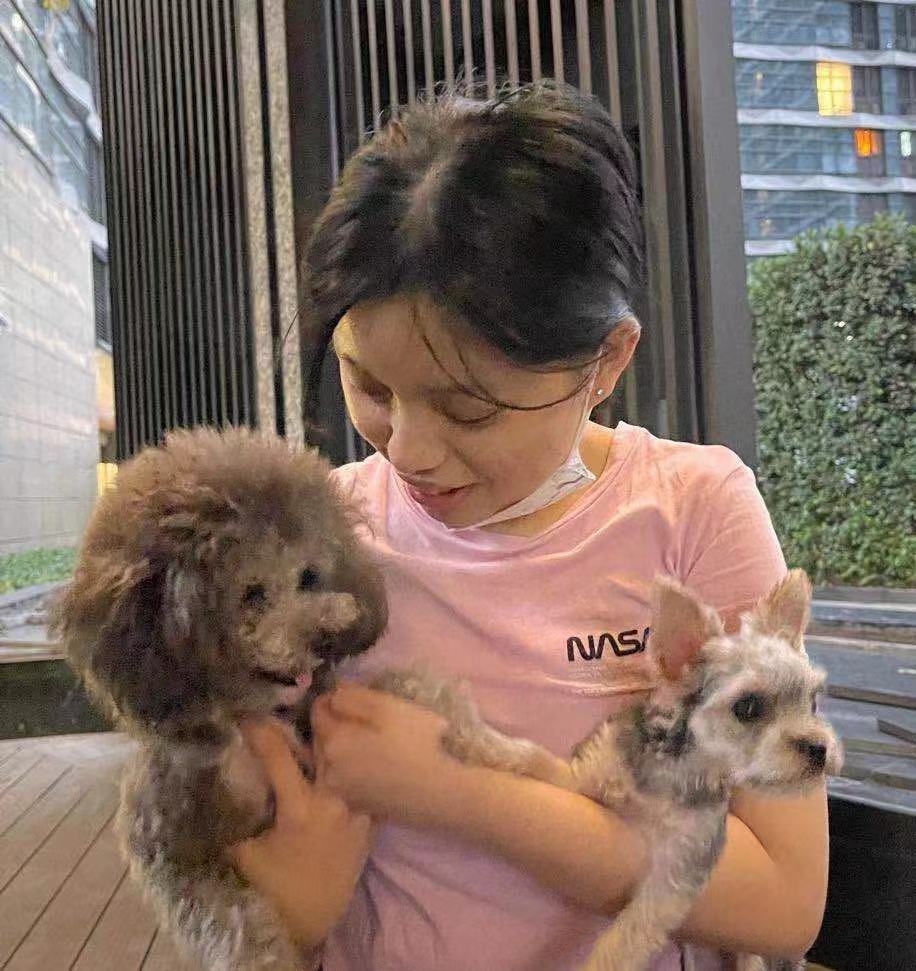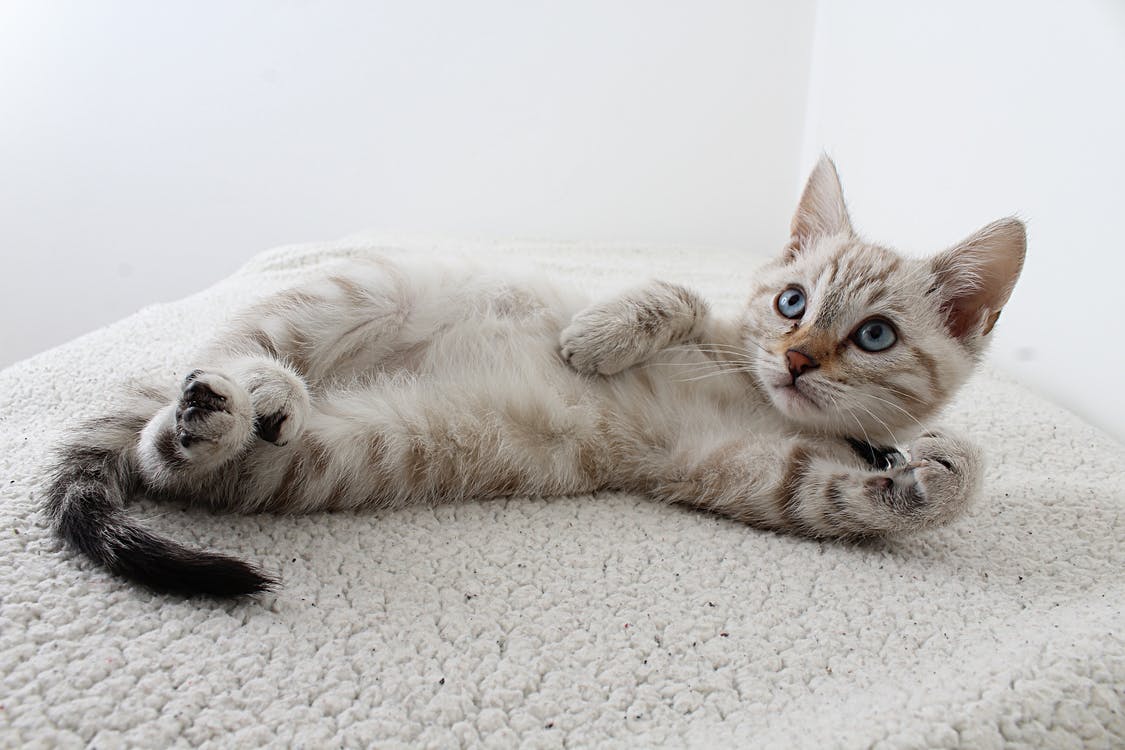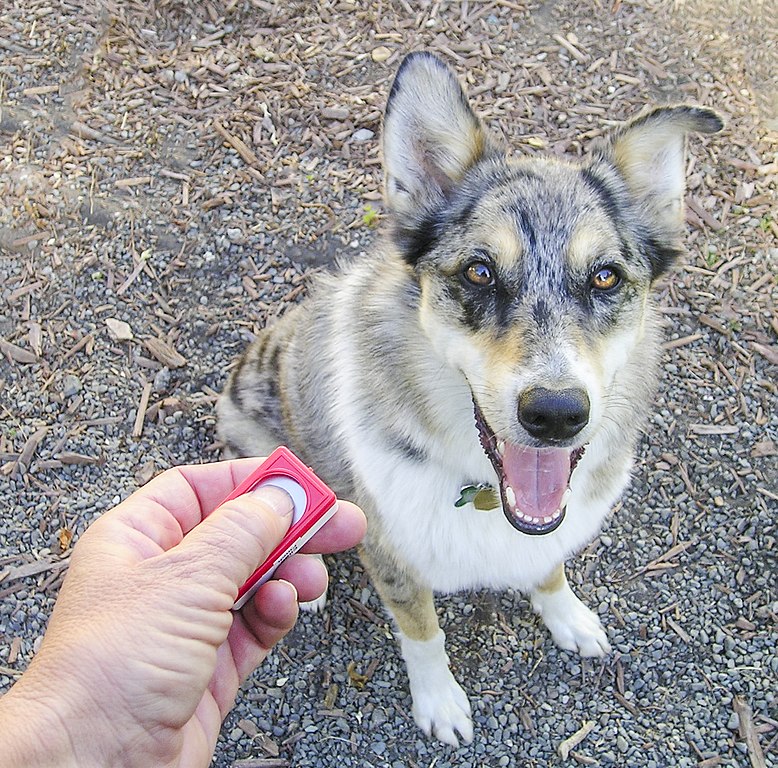
Those of you who are engaged in the process of training their dogs to become service dogs or just want their pets to develop some helpful skills are likely to use different training devices. The most common training tools are treats, toys, and clickers. Have you ever asked yourself how these devices work and is there a difference between them in a psychological aspect? You may have heard the term “reinforcement”, often used not only in the training process of dogs but also in human life.
As training devices are an important part of achieving a certain behavior and/or correcting a present one, we will let you know what the psychological aspects of dog training are, what “reinforcement” is, what types of reinforcement there are, and especially what the so-called “conditioned reinforcement” means.
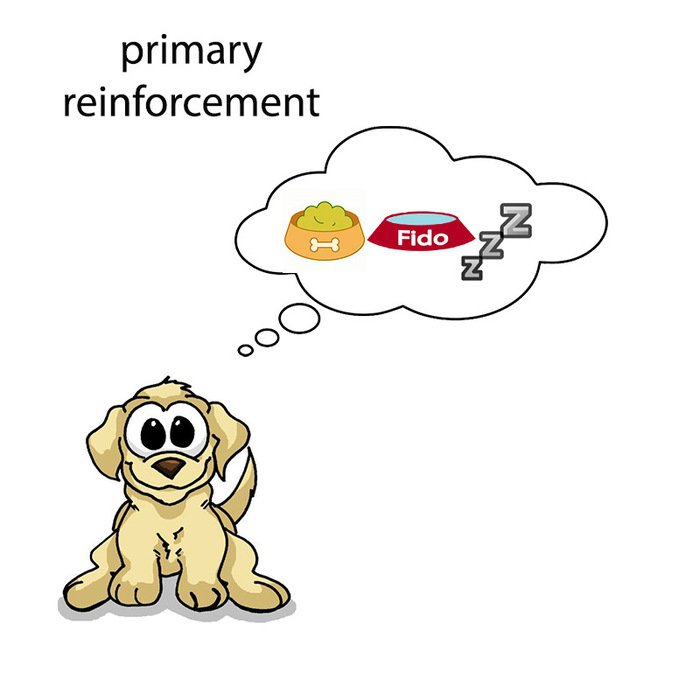
Reinforcement - definition and types
Reinforcement is deemed “a consequence applied that will strengthen an organism's future behavior whenever that behavior is preceded by a specific antecedent stimulus. This strengthening effect may be measured as a higher frequency of the behavior, longer duration, greater magnitude, or shorter latency”.
Reinforcement can be divided into:
- primary and secondary (conditioned) reinforcement;
- positive and negative reinforcement.
Primary reinforcement does not need to be learned, as it occurs naturally. The most common examples of primary reinforcement are the things, that satisfy our basic needs. In other words, these are the things that ensure our survival like water and food.
Secondary reinforcers are stimuli or events, that become reinforcing, as they are being associated with primary reinforcers. In the second part of the article we will take a closer look at the secondary reinforcers, also known as conditioned reinforcers.
We talk about “positive reinforcement” when we add stimuli to a certain behavior after it occurs in order to increase the chance this behavior to occur again. If a behavior has been followed by a pleasant outcome, it is likely to starts repeating more often.
Negative reinforcement is also a technique, used for the purpose of teaching a certain behavior. Once the individual responds to a certain stimulus, an unpleasant object/event has been removed. It is expected that the target behavior of the individual will be strengthened over time as they will count on the unpleasant object/event being eliminated.
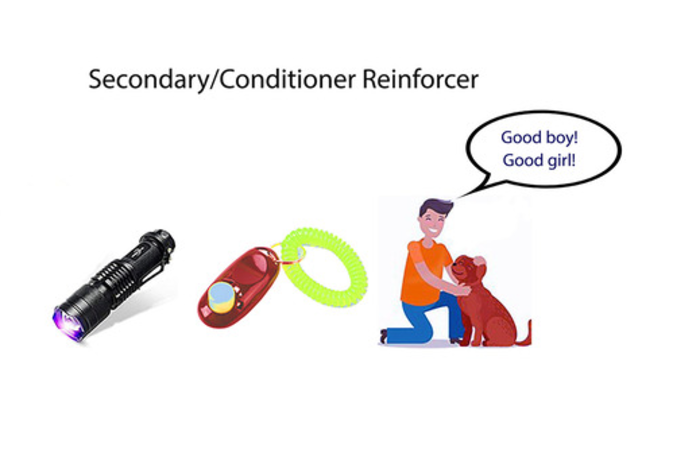
Conditioned Reinforcement
As stated above secondary (conditioned) reinforcement are stimuli, that are not directly related to basic needs. However, when associated with primary reinforcement, they can be used to increase a target behavior. Since we are engaged in providing online courses for service dog training (as well as therapy dog and ESA training), we will talk about conditioned reinforcement from the perspective of dog trainers. You can check the course currently available on our website.
A good example of conditioned reinforcement are toys, as canines do not possess an innate basic need to play with toys, but once they are associated with a primary reinforcer they will help you develop a wanted behavior in your furry friend.
Another appropriate example of secondary reinforcement is the clicker. Clickers are used to mark a certain behavior as the “right” behavior and usually are paired with treats. Please note that when not pairing with treats or another primary reinforcement, a clicker itself does not have the power of a training tool and is not likely to lead to a target behavior. Hence, if you try to conduct training based on clickers only, it is not likely to have success. It is important to remember, that marking the proper behavior is important, but after that our furry friends will expect something in reward. Some of you may wonder how long you will need to provide your dog with treats (conditioned reinforcement paired with primary reinforcement) to achieve certain behavior. Should this association last forever?
Of course the answer is “No“. First it may be unhealthy for your dog to eat treats anytime he/she fulfills a command, as that can lead to overweight and obesity. Moreover, you can not be always prepared and bring a bag full of treats when going outside and requiring certain behavior from your dog. Unexpected situations may occur and your canine may need to fulfill a command immediately. If we talk about service dogs, you may already know, that these dogs have to be focused on their handler, obedient and well-behaved. That is why it is even more important for them to be able to fulfill commands, based on conditioned reinforcement only.
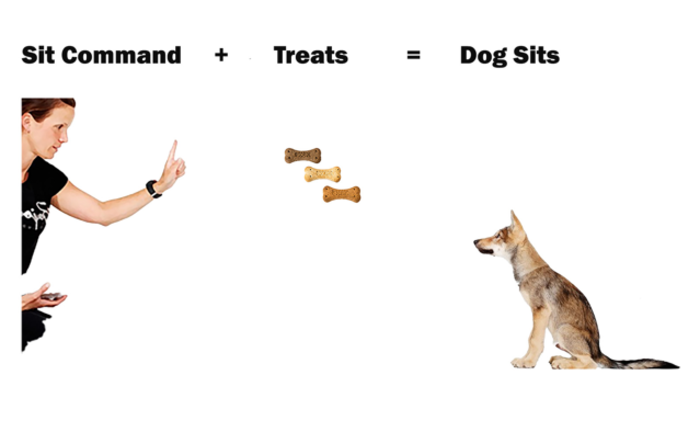
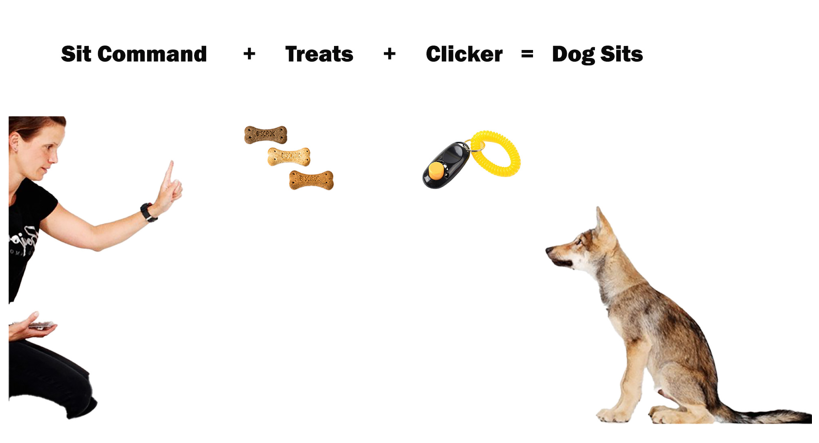
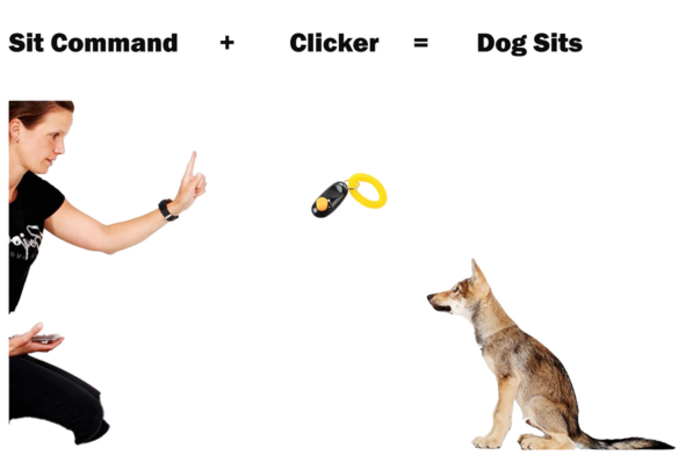
How to Make a Transition From Primary to Secondary Reinforcement?
The transition from primary to conditioned reinforcement should be conducted gradually. In other words, you need to decrease the amount of treats you give your dog step by step and continue using the secondary reinforcement only. We would recommend that you apply the lottery principle. According to this principle, you should reward your canine randomly after he/she performs a task. Of course, you should not forget to praise him/her enthusiastically using cue words like “good girl/boy” and show him/her through your body language how proud of him/her you are. You need to decrease the amount of treats every few sessions until your paw friend starts performing the tasks without treats.
What to Do if Your Canine Stops Responding to the Secondary Reinforcement?
Once you stop providing your dog with treats, he/she is likely to keep performing the given commands for some time and eventually stops doing it at some point. Since we use the clicker to show our furry friend that he/she did the right thing, he/she will also expect to receive something in return.
We would recommend that you implement non-food rewards, related to pleasant life events/outcomes that your dog will enjoy. Examples of these “life rewards” are toys, walks, petting, hugging, or any kind of attention from your side. A simple technique is to give your doggy a command to stay, before walking him/her outside or give the “sit” command before giving him/her his/her favorite toy.
Positive reinforcement is a helpful training technique, as it develops social and obedience skills in dogs and helps handlers strengthen the bond with their furry friends.

